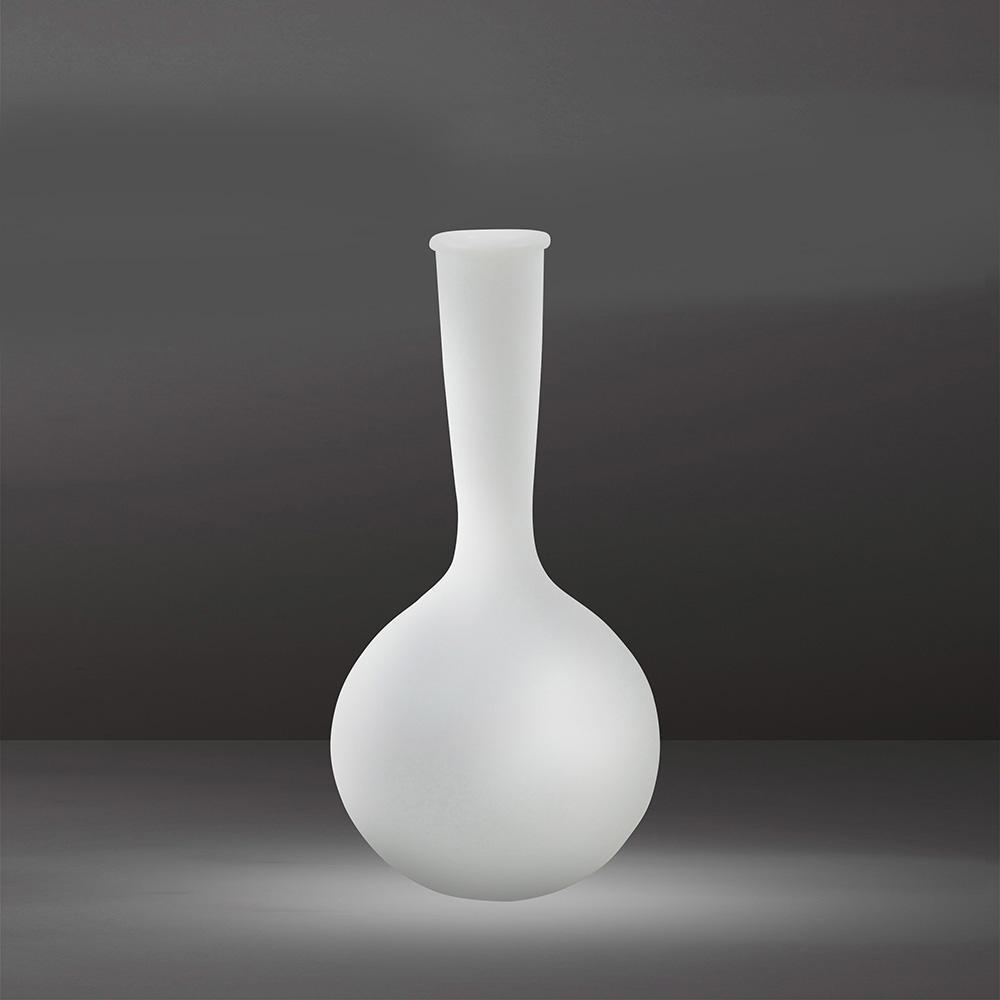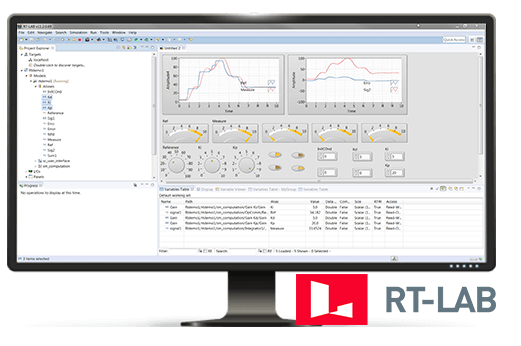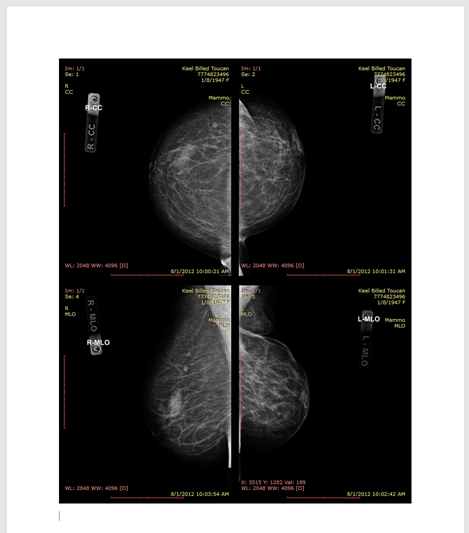


And we'll have a look at both of those, so at the moment, I want to see the timing of the animation. But if I put that to from 0 to 120 frames, it's going to render the whole animation. Now at the moment, it's going to just do the current frame. So, if we have a look, go to Render > Edit Render Settings, you'll see it will render it with these settings here. And the Picture Viewer will use whatever settings you've set up in your Render Settings. But, a better way is to use the Picture Viewer. Or you can hit Cmd + R, or Ctrl + R on Windows to render that view. Now, you can just render, you can click on these buttons up here. In order to see that, you need to render it. Also, you're not going to see it with the final settings or the render settings here. This would be kind of like it's in space bar in After Effects. But you can't guarantee that that timing is exactly right by viewing it in this main view port here. So, you can see that I've got my animation going there, and you're going to learn a little bit more about how to do that animation a bit later. But anyway, F8 placed forward, so I'm going to use the button so you can see what I'm doing. You need to make sure that your F8 key isn't being used for a system level shortcut. Now, in Cinema 4D, I can press play Shortcut for that is F8 if you're on the Mac. So, we're going to select the file in the timeline and just hit Cmd + E to open up our file in Cinema 4D, and here it is. If you're new to Cinema 4D, you need to figure out what the best way of previewing is. Now, it's important that we do something similar in Cinema 4D. And you'll see that that plays it back with the current render settings in real time. 0 on the number pad is the shortcut or hot key for doing that. And here you'll see I've loaded a few frames into ram, by hitting the Ram Preview button over here. Now we're in Chapter 2N, so if you want to follow along you can open that, too. So, that you can check your output before you actually go and render your final project. It's important that you see things playback in real time and at full resolution. And what that does is it loads the frames into ram and plays them back into real time for you. Now, in After Effects, you generally do a Ram Preview when you want to preview your footage in real time.

In this movie we're going to have a look at previewing your footage.


 0 kommentar(er)
0 kommentar(er)
